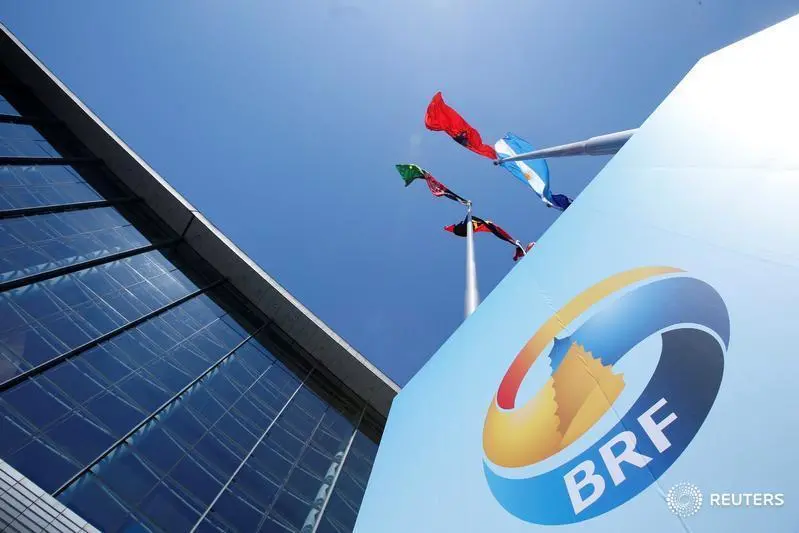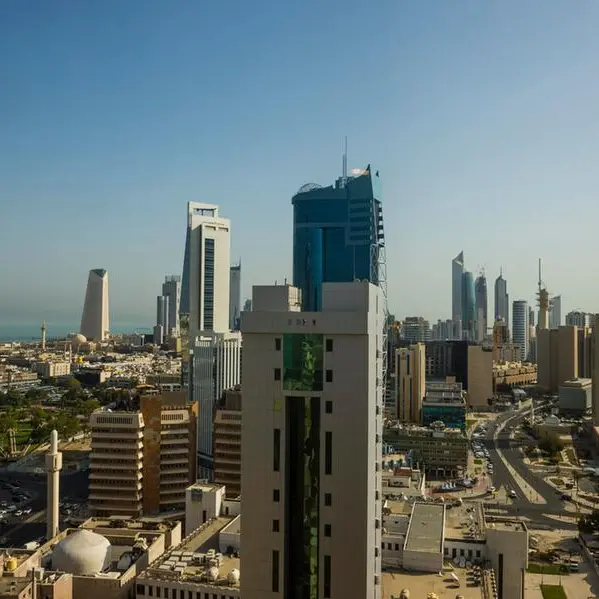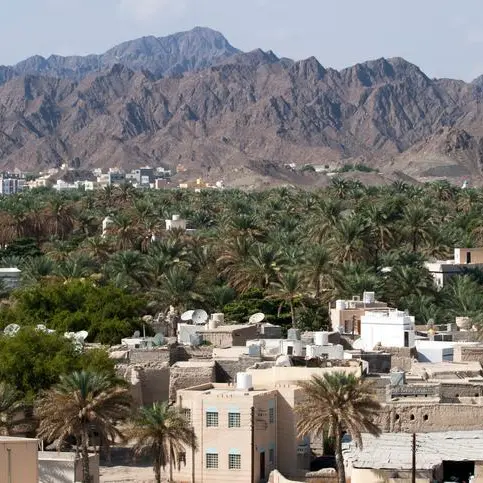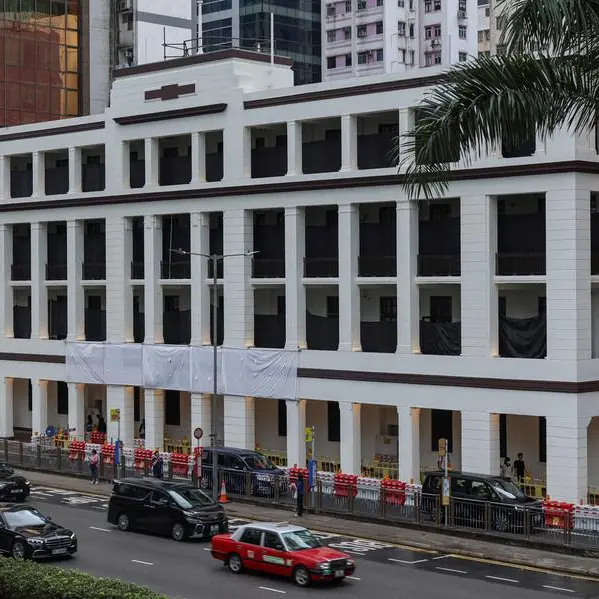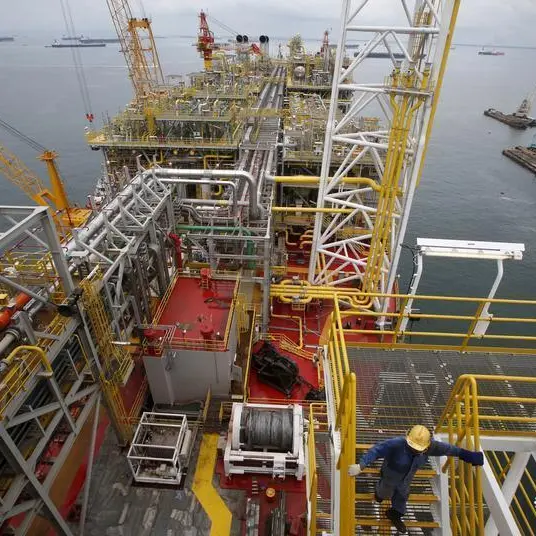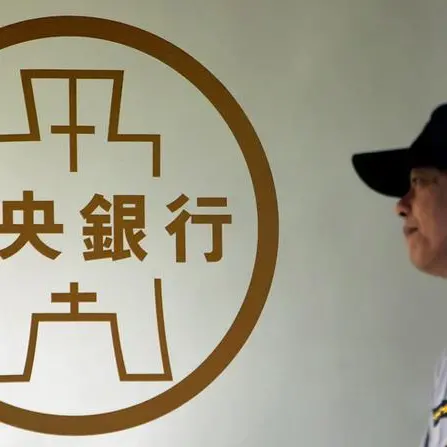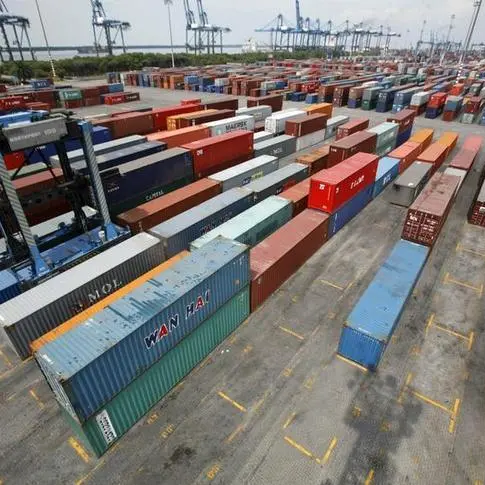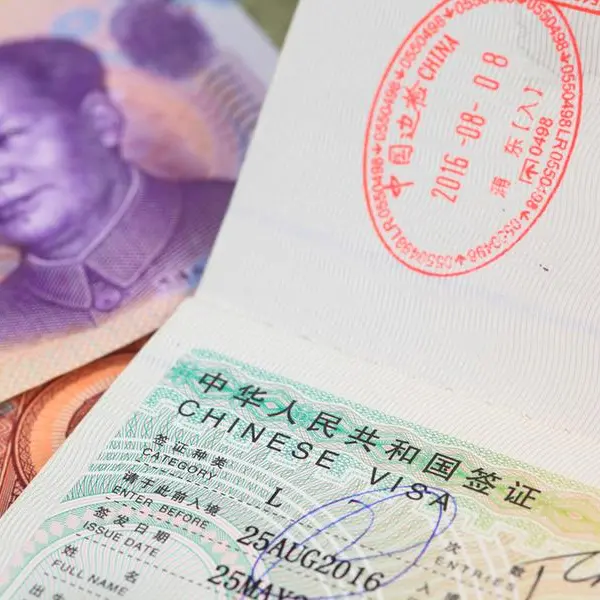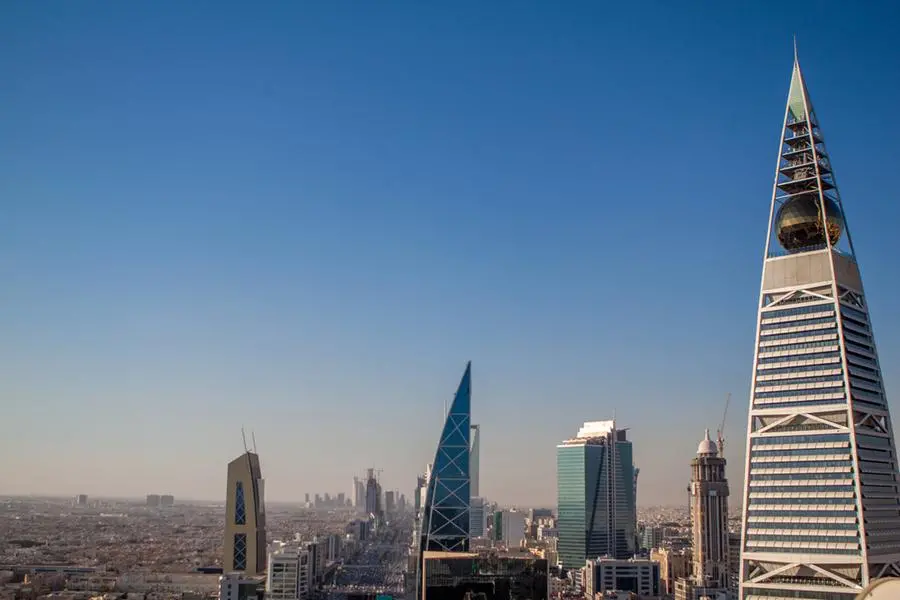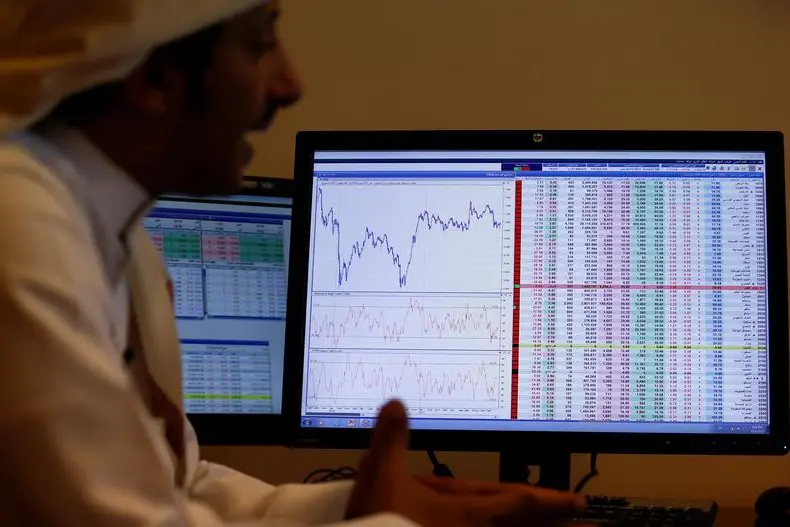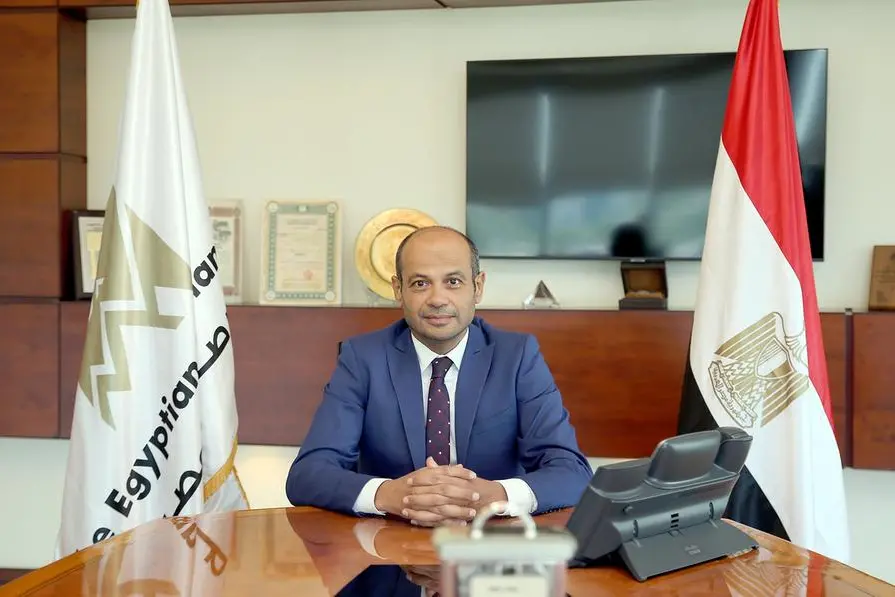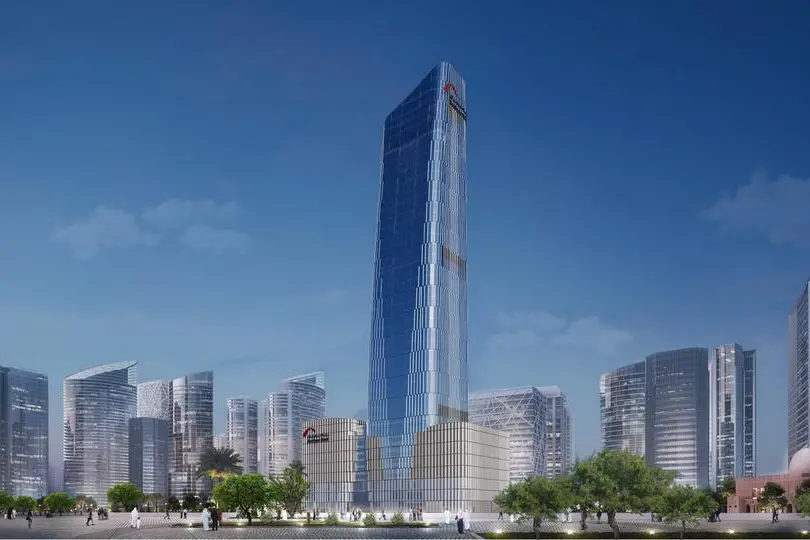PHOTO
A Belt and Road Forum (BRF) logo is seen outside the China National Convention Center in Beijing, China, April 25, 2019. REUTERS/Jason Lee
Despite continued policy support from Beijing and the growing need for Chinese firms to pursue opportunities overseas, there are significant headwinds for the China’s Belt and Road Initiative (BRI), namely high debt loads and debt servicing costs in emerging markets, and the increased regulatory oversight amid growing China-West tensions that can impact Chinese involvement in Europe's infrastructure sector, Fitch Solutions concluded at a recent webinar on “Belt & Road - Complex Challenges Amid Geopolitical Disruptions”.
High debt loads and debt servicing costs in many emerging markets (EM) will limit EM policymakers’ willingness to borrow for large infrastructure projects, but Chinese lenders will be discouraged from extending such credit,” said Tim Kerckhoff, Infrastructure Analyst at Fitch Solutions.
In addition, greater regulatory oversight of China’s involvement in Europe's infrastructure sector will also impact Chinese contractors’ attempt to minimise risk by pursuing more projects in Europe, he added.
In Europe, rising concerns against Chinese investment have been further complicated by various factors, including the Russia-Ukraine war, and growing tensions between the US and China.
Projects funded by China under the BRI will come under greater scrutiny by the EU over the coming years as the bloc expands its own influence in non-member markets in the region. “We believe that markets in Europe that are not yet part of the EU will likely seek more investments from the BRI while also pursuing eventual EU membership,” said Anwita Basu, the head of Europe Country Risk at Fitch Solutions.
Central Asia, which has always been considered as Russia's backyard, has benefited greatly from trade with Russia, and in return, Russia has provided it with a security guard, she said. However, the Russia-Ukraine war has disrupted the status quo in Central Asia and Fitch believes countries like Turkey are likely to emerge as security partner for the region as Russia’s attentions are increasingly taken up by the conflict.
Debt sustainability is also an issue in the region as smaller countries in Central Asia are highly indebted to China, especially on the BRI projects. For example, the combined debts of Tajikistan and Kyrgyzstan add up to around 20% of their GDP.
“So, on the one hand, while we expect the attention to focus on Central Asia, there are these other factors such as security, such as debt sustainability, that will be in the front and centre of Chinese investors’ minds. That could lead to a slight slowing in active progress of investments in this region over the next few years,” said Basu.
Key themes in Africa
In Africa, where Chinese companies and investors are involved in building infrastructure projects worth over $700 billion in BRI markets, there are two key themes playing out, according to Lara Wolf, Sub-Saharan Africa Country Risk Analyst. First, while there is a decline in Chinese government investment into the region, the investment is still significant especially compared to other governments she said.
According to the Centre for Global Development, over 70% of the private infrastructure deals in Sub Saharan Africa, between 2007 and 2020 were financed by Chinese bilateral finance institutions and only 5% by the United States.
“We expect this large discrepancy between the US and its partners and China will continue.”
The second key theme is that there is a significant shift from investment into large scale infrastructure projects towards new sectors like agriculture and digital infrastructure.
“The region is an attractive destination for Chinese agricultural investment. China is heavily reliant on food imports still and is aiming to bolster food security through diversification,” she added.
Africa is also one of the regions involved in China's Digital Silk Road, which was launched in 2015 and in line with this policy, Chinese companies have started investing in digital infrastructure in the region, including submarine cables. E-commerce, digital warehouses and payments, and surveillance technologies to enable safe cities.
In Africa's healthcare development too, China will play a role. It will remain a key pharmaceutical supplier to Africa as the region’s overall domestic capacity for producing pharma products domestically is very limited.
BRI has also seen investment all along the automobile sector supply chain- including upstream, midstream as well as in battery cell manufacturing. Its partners in Africa, Latin America and Asia are important sources of battery manufacturing materials for Chinese electric vehicle manufacturers who capitalise on partnerships with these markets when securing their supplies.
“We've seen a lot of Chinese investment in improving and expanding logistics networks in order to move the minerals and products from along the BRI back to mainland China for refining and for manufacturing of batteries,” said Joshua Cobb, autos analyst for Fitch said.
(Reporting by Brinda Darasha; editing by Daniel Luiz)
